Toyota’s JZ-series engines are a big deal in the motoring community. Often considered to be engineering masterstrokes, both the 1JZ and 2JZ are well and truly on the top.
Very much considered to be at par, except in displacement figures, the JZ twins power quite a few iconic cars. It has been nearly three decades since these were developed, but fast-forward to 2022 and they’re the most desirable engines even today.
Much like the RB-series, JZ engines have quite the following, owing to their durability and longevity. The overengineering you’ll see on these engines is classic Toyota. They definitely brought in their A-game when designing these.
While we know 1JZ is physically smaller than the 2JZ, the question is, what makes them so different? In this article, we’ll compare the two and conclude with out top recommendation.
We’ll discuss specifications, brief history, and compare them from an enthusiast’s standpoint. All while factoring in tunability, desirability, and value.
1JZ-GTE: Specs and History
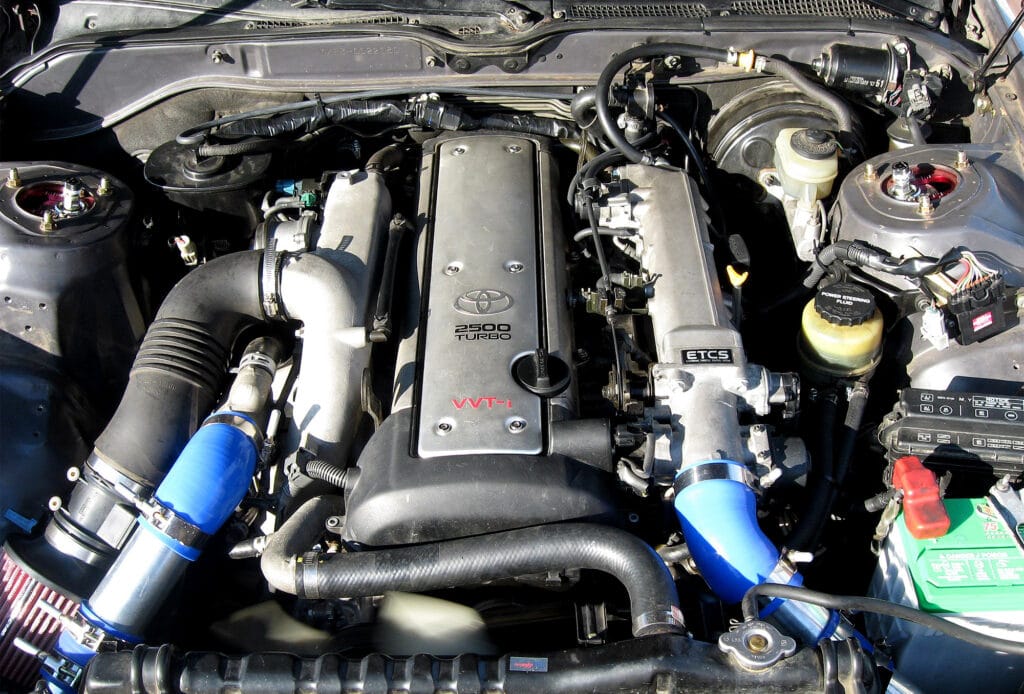
Engine Code: 1JZ-GTE
Layout: Inline 6 cylinder Turbocharged DOHC 24V
Displacement: 2.5 L (2,492 cc)
Fuel System: Electronic Fuel Injection
Cylinder Bore: 86 mm (3.39″)
Piston Stroke: 71.5 mm (2.81″)
Compression Ratio: 8.5:1, 9.0:1 (gen 2)
Power: 276 hp @ 6,200 rpm
Torque: 268 lb-ft, 283 lb-ft (gen 2) @ 4,800 rpm
Firing Order: 1-5-3-6-2-4
The 1JZ started its life in the early ‘90s as a replacement for Toyota’s M-series engines (from the 1960s through the late ‘80s).
Even though this article isn’t about the M-series engines, it’s important to know that the last of these engines played a crucial role in the development of the JZ engines.
Both the 1JZ-GE and 1JZ-GTE have a lot in common with their 7M-GE and 7M-GTE predecessors that had a cast-iron block, a chain-driven single overhead cam, and an aluminum head. Toyota revised these after 1980 by switching to belt-driven DOHC.
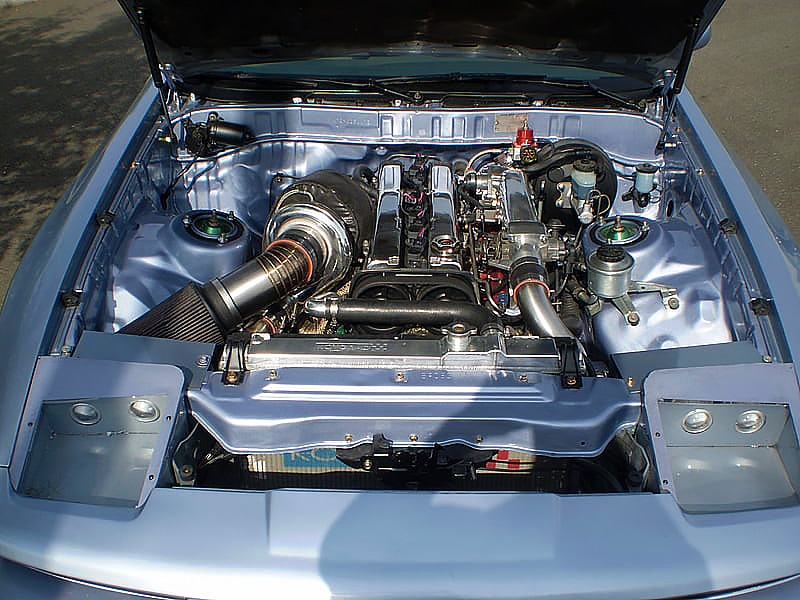
The 1JZ-GE is naturally aspirated with a cylinder diameter of 86 mm and a stroke length of 71.5 mm. Its 2.5 L displacement combined with a two-stage variable-length intake manifold allows for a maximum output of 168 hp and 173 lb-ft of torque.
The 1JZ-GTE is a turbocharged version of the 1JZ-GE. Here’s a breakdown of what the engine code stands for:
- JZ: Engine family
- G: DOHC (for reasons unknown)
- T: Turbocharged
- E: Electronically fuel injected
The GTE was also developed in the early ‘90s but had quite a few advantages over its naturally-aspirated version. Toyota produced many iconic JDM cars that were powered by the 1JZ-GTE, including:
- Chaser / Cressida,
- Soarer,
- Supra MK III,
- Verossa,
- Crown, and
- Mark II.
For a complete list, check out our article which walks you through the cars with a 1JZ in more detail.
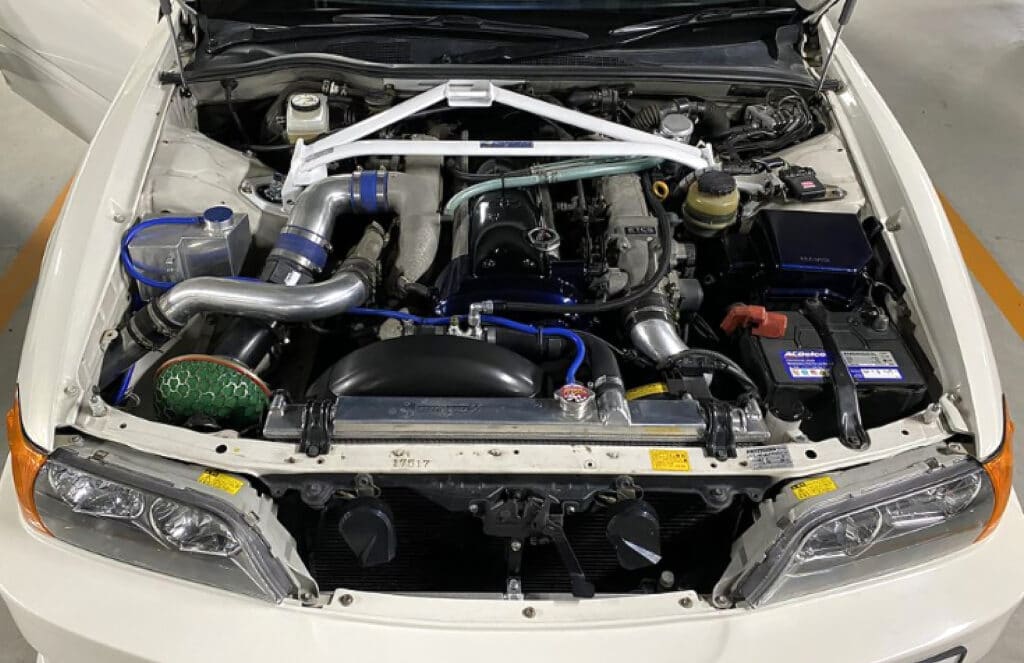
The straight-six twin-turbocharged motor comes with a factory boost of 10 psi (0.7bar), has a compression ratio of 8.5:1, has forged pistons and connecting rods; and upgraded injectors to 380 cc.
In terms of output, the 1JZ-GTE in its stock factory spec puts out 276 hp and 268 lb-ft of torque. Internal dimensions are the same as the 1JZ-GE, including the bore and stroke, making the engine rev higher than its long-stroke predecessor, the 7M-GTE.
A few years after its introduction, the 1JZ-GTE was given an update. This second-gen turbo 1JZ came with several noticeable upgrades like variable valve timing (VVT-i), a reworked cylinder head, and modified water jackets for better cooling.
It also got new shims with titanium nitride coating for reduced friction. But the most significant change was the replacement of two turbochargers with a single turbo. But this didn’t hinder power. If anything, torque was improved by 15 lb-ft.
The reason behind that was its new cylinder head. The revised design included smaller exhaust ports, which improved the exhaust velocity, making spooling the turbo faster. Also, the Gen 2 runs 9:1 compression.
The modified engine design brought about a 50% increase in low-end torque versus the previous generation.
With that, let’s move on to its successor, the 2JZ-GTE.
2JZ-GTE: Specs and General Info
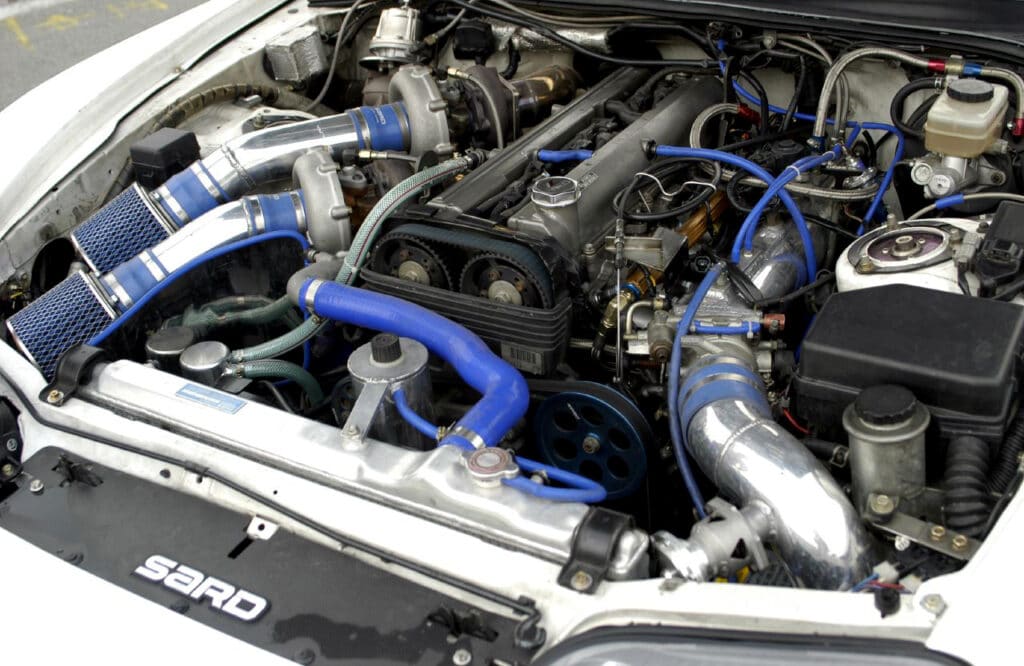
Engine Code: 2JZ-GTE
Layout: Inline 6 cylinder Turbocharged DOHC 24V
Displacement: 3.0 L (2,997 cc)
Fuel System: Electronic Fuel Injection
Cylinder Bore: 86 mm (3.39″)
Piston Stroke: 86 mm (3.39″)
Compression Ratio: 8.5:1
Power: 276 hp (JDM), 320 hp (North America) @ 5,600 rpm
Torque: 320 lb-ft (JDM), 333 lb-ft (North America) @ 3,600 rpm
Firing Order: 1-5-3-6-2-4
The 2JZ was released in the early ‘90s, and its development was largely based on the 1JZ layout. It’s a straight-six with dual-overhead cams, an iron block, and aluminum cylinder heads.
With a displacement of 2,997 cc and a long stroke of 86 mm, the engine was a significant upgrade over the 1JZ. The cylinder diameter is identical to its predecessor though. The added stroke length meant a taller block deck and longer connecting rods were necessary.
The 2JZ-GE was the more common version intended for run-of-the-mill cars, while the GTE was a factory turbocharged high-performance motor.
Both engines share the same bore and stroke, but the GTE came with several noticeable upgrades over its naturally aspirated version.
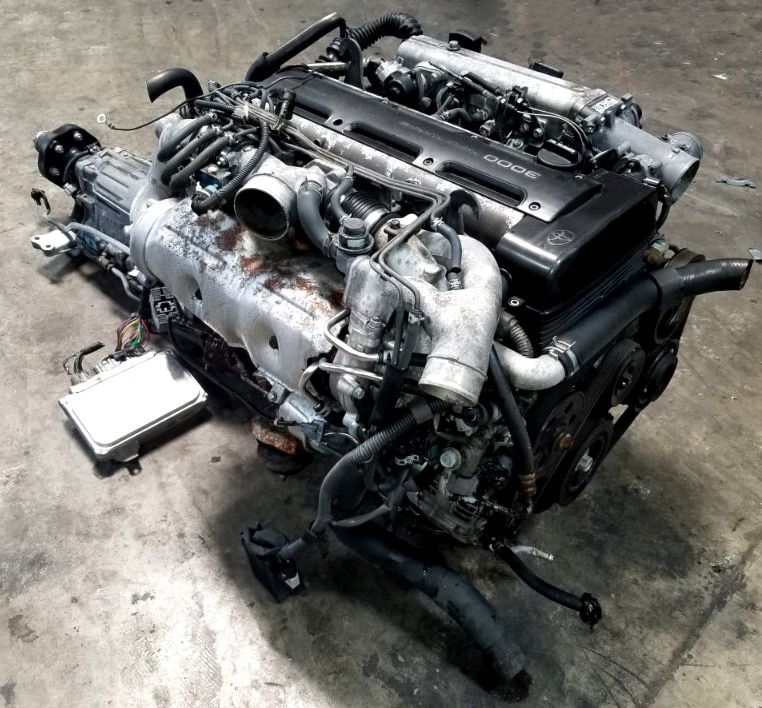
Unlike the 2JZ-GE, the GTE has recessed piston tops (resulting in a lower compression ratio), oil squirters to help keep the pistons cool, and a different head with redesigned inlet/exhaust ports, cams, and valves.
Just like its predecessors, the 2JZ twins also got an update around 1997. Toyota’s variable valve timing (VVT-i) was introduced on both.
The GTE got new stainless steel turbochargers (ceramic for JDM), revised camshafts, and larger injectors (550 cc/min for North America and Europe, 440 cc/min for JDM).
Fun fact: The 2JZ was introduced to compete directly with Nissan’s RB26DETT engine.
It was late to the straight-6 party which meant it had a few advantages at the time. The motor has a longer stroke, more displacement, makes use of sequential turbos, and is a non-interference engine.
Comparing the RB26 vs 2JZ engines, the latter offer more low-end torque, which is evident from its power figures. While the RB26 manages 276 hp and 260 lb-ft of torque, the 2JZ puts out 320 hp and 333 lb-ft.
Even if you consider the 2JZ’s JDM version, it’s still a lot more torquey than the RB26.
Cars featuring the 2JZ-GTE include the popular A80 Supra and the Toyota Aristo, more commonly known as the Lexus GS.
With that, let’s move on to discussing the differences between Toyota’s 1JZ and 2JZ engines in their stock avatars.
The Difference Between 1JZ and 2JZ Engines
Now that we’ve discussed both engines individually, let’s compare them side by side. As you can tell, the 2JZ is more powerful than its predecessor. That’s fairly obvious, considering there is a noticeable increase in displacement.
But other key differences are that the 2JZ has a square design versus the 1JZ, which is an oversquare engine.
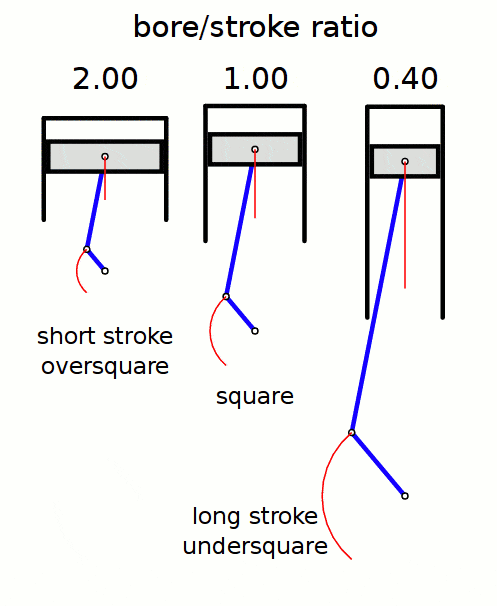
By design, the 1JZ can rev higher but the low-end is slightly compromised. On the other hand, the 2JZ has an equal bore and stroke length, allowing it to maintain a stable torque band throughout the rev range.
If you look at the power bands, the 1JZ makes peak power at 6,000 rpm, while the 2JZ hits the ceiling at 5,600, beyond which there is really nothing available.
As for torque, the 2JZ makes peak torque much sooner than the 1JZ, which takes about 1,200 rpm to make its peak torque.
There are advantages to having both. For street driving, the 2JZ is ideal, thanks to decent low-end torque. But on the track, it’s really down to your choice.
Most people prefer better top-end power, and low-end torque is most useful in stop and go situations.
If you want a screamer, the 1JZ is perfect, but the 30 hp difference might not be to everyone’s taste. If that’s the case, the 2JZ is the way to go.
Reliability and Common Problems
Both engines feature aluminum heads, an iron block, and forged internals. Reliability-wise, the JZ twins can handle several times more than their factory output, and that’s due to robust engineering.
The 2JZ was intended to compete against the race-bred RB26, which shows how motorsport influenced engine design and reliability.
1JZ Common Problems
Oil consumption is something that affects 1JZ-GTE engines, especially if the mileage is beyond a few hundred thousand miles, but it isn’t a glaring issue.
This problem can be attributed to worn valve stem seals. As long as you keep your engine oil levels in check and get it replaced on time, there should be no problem.
Misfires from faulty ignition coils and water pump issues are not uncommon in early 1JZ engines.
Timing belt tensioner issues are commonplace with this engine. Despite the 1JZ being adequately overengineered, the timing belt tensioner bracket is weak and known to fail.
Don’t worry though. While for many engines, a timing belt failure means chaos, it’s not entirely the case for the 1Jz. Because it’s a non-interference engine, the valves should remain safe in all but the rarest circumstances. Just get the bracket replaced if the engine is old.
Also, the first-gen 1JZ-GTE features turbochargers with ceramic turbine wheels. These are prone to delamination and failure under high temperature and boost. A non-issue if you’re looking to upgrade the turbo.
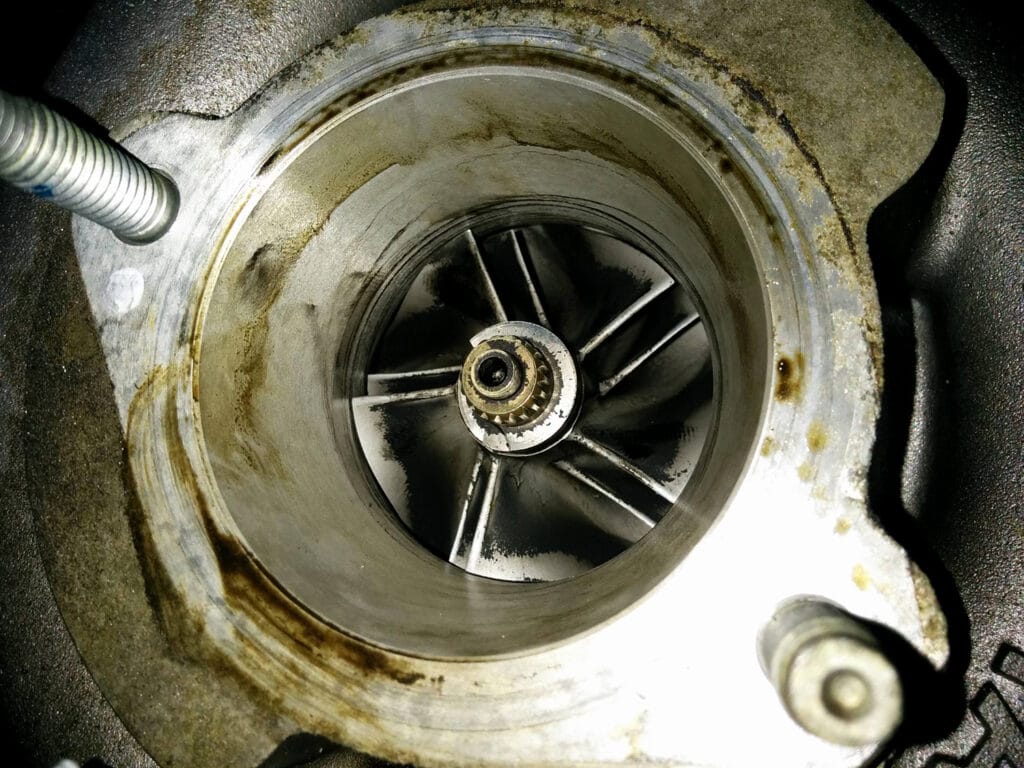
2JZ Common Problems
Now, let’s go over the 2JZ’s cons. At over 650 lbs (with all the accessories), the 2JZ is a fairly heavy engine. Seals, tensioners, and pulleys are parts that can fail.
Also, the valvetrain design is quite different and causes valve float during high engine speeds. There are even reports of the 2JZ’s sequential turbos failing, which leads to expensive repairs.
Another problem is higher compression. Because these are non-interference engines, running higher compression is not something that many would advise. It could damage the internals should something go wrong.
Regardless of all this, we cannot overlook their tuning potential. Honestly, the JZ engines aren’t unreliable, they just need to be cared for properly. Most of their failures can be attributed to user error. Over-revving, poor mapping, and over-boosting are the main reasons.

If you can work your way around that, the JZ twins are among the most dependable and robust engines in the motoring industry.
Tuning Potential
When you get your hands on either of these engines, chances are that you’ll give into the temptation of modifying them. Especially considering how overengineered they are, and their reputation for being able to hold up against aftermarket upgrades.

Both engines are capable and can handle a ton of power. In terms of tuning potential, 1JZ with stock internals is good for about 650-700 hp, and stock 2JZ can hold well up to 800 hp.
If you’re talking about strength, the result may not be what you’re expecting. The 2JZ is revered among enthusiasts as a bulletproof motor. But the reality is that the 1JZ is just as good. Let us explain.
The hp per liter ratio is what makes the 1JZ marginally stronger than its successor. If you calculate the output per liter, the 1JZ makes around 260-280 hp per liter, while the 2JZ falls short ever-so-slightly at 266 hp per liter; not a significant difference, but one worth pointing out.
1JZ vs 2JZ: Our View
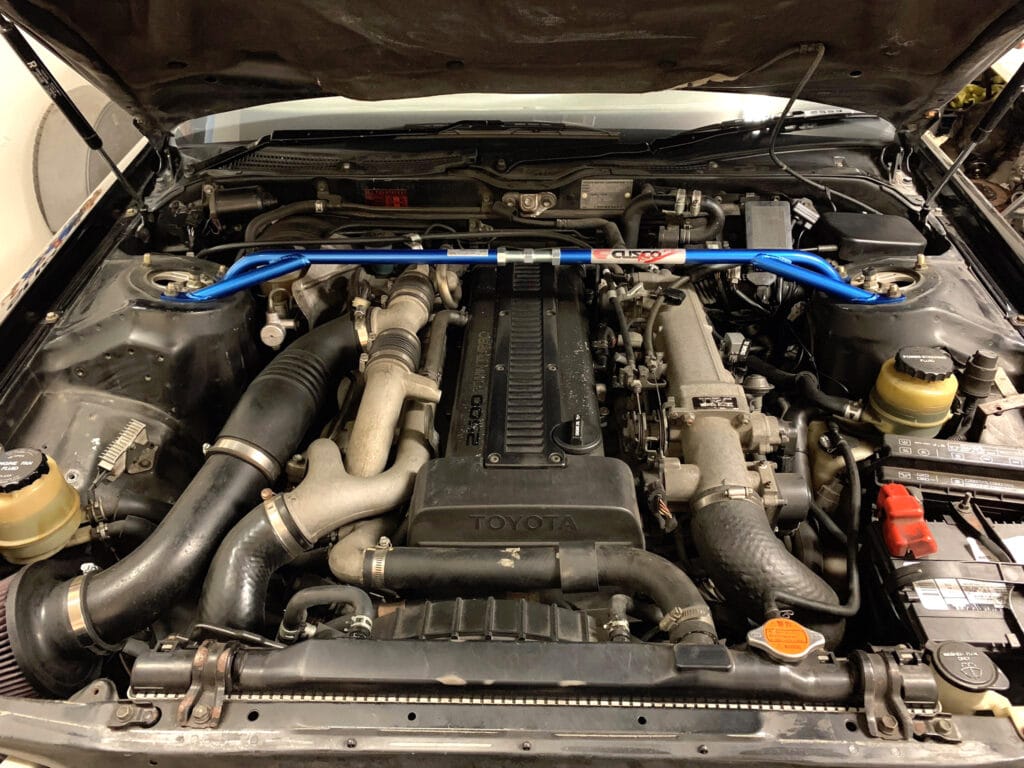
Let’s face it, the 1JZ isn’t as desirable as the 2JZ. There are no two ways about it. Had Fast and Furious featured the Mark III Supra, things would’ve been different.
In the automotive world, good cars and good engines tend to get overshadowed simply because something else is more popular. There’s a word for it: underrated.
The 1JZ is as good as the 2JZ (in some cases, even better), has excellent reliability, and is significantly cheaper to source. Admittedly, finding a pristine low-mileage 1JZ is not an easy job.
But that doesn’t discredit the 2JZ by any means. After all, that’s among the main reasons why people bought and loved the Supra, and we don’t doubt its capabilities.
This engine is the reason why we see 1500+ hp Supras that eat Camaros and Mustangs for breakfast. Pop the hood on one of these bad boys and you’ll spot a heavily modified 2JZ with turbos the size of a football.
The bottom line is that if you have money to burn, the 2JZ is a no-brainer. But if you’re on a budget and want everything that makes the 2JZ great at a significant discount, go for the 1JZ.
If you feel it lacks oomph, you can always buy a cheap example and turn it into a stroker engine which should compensate for the lack of displacement.
We hope the article answered all your questions about Toyota’s 1JZ and 2JZ engines. Which one would you pick? Let us know your thoughts by leaving a comment below!


1 comment
its not about how much money you spend on your build and how big numbers to brag about stop and go traffic driving seems kinda dumb to be fixated over. from what i gather people just buy whateer is more expensive and know nothing basically you can probably mod a 1jz to be just as good if not better lol